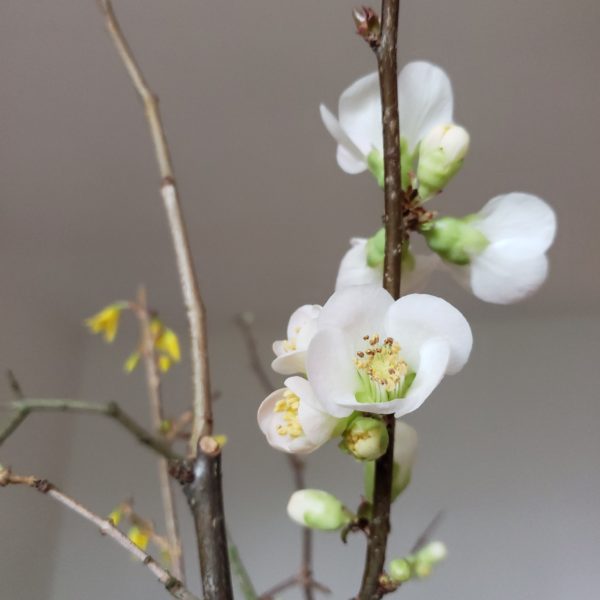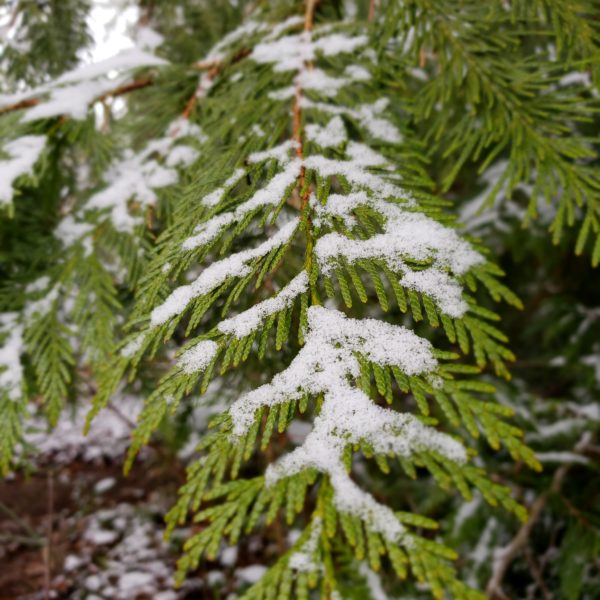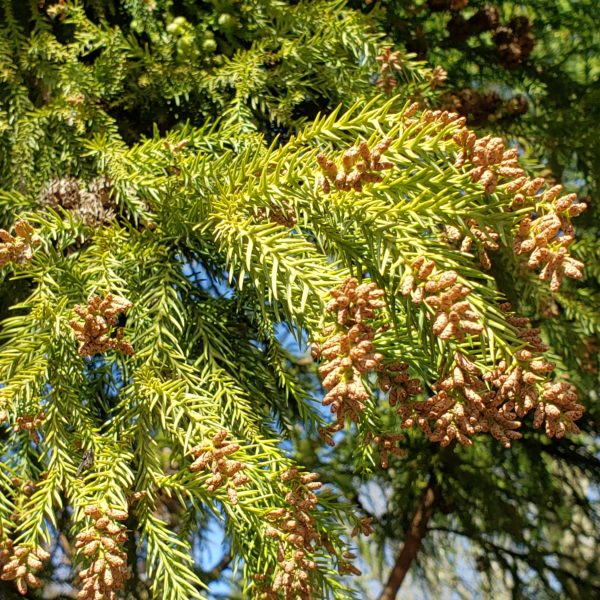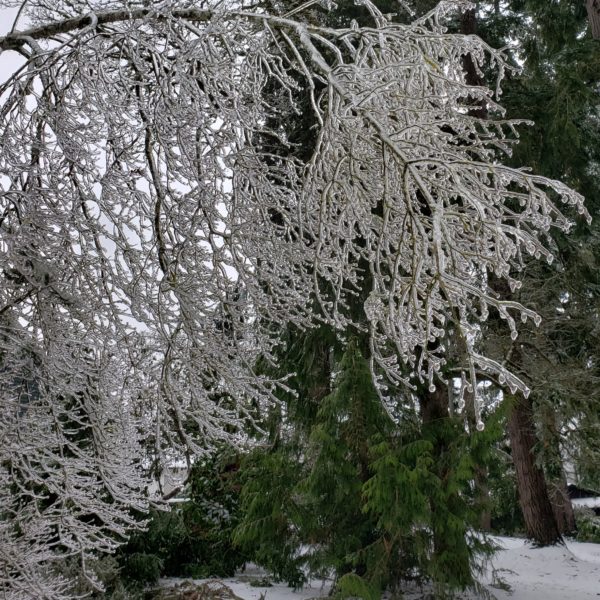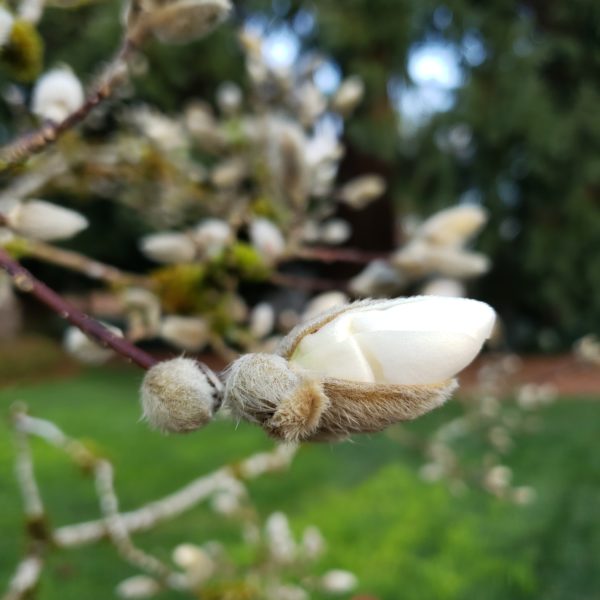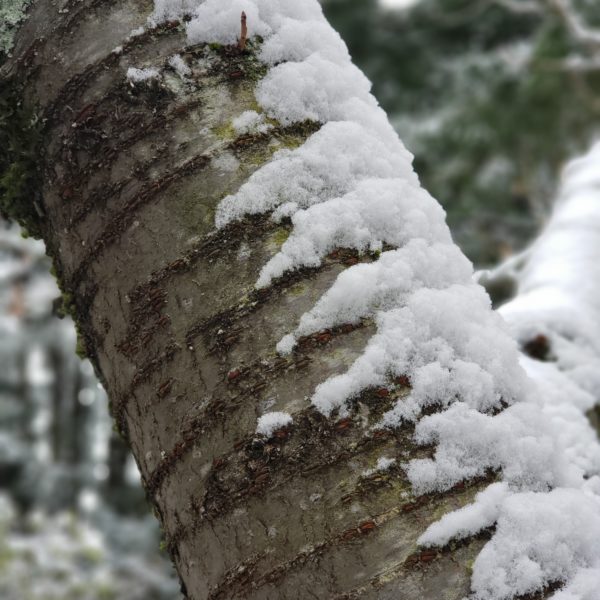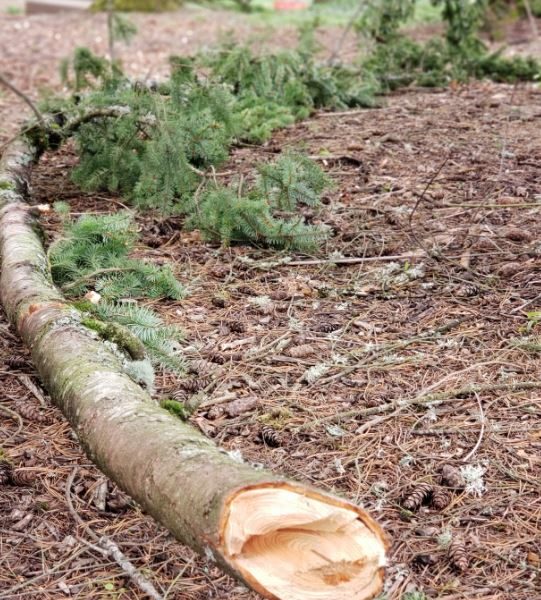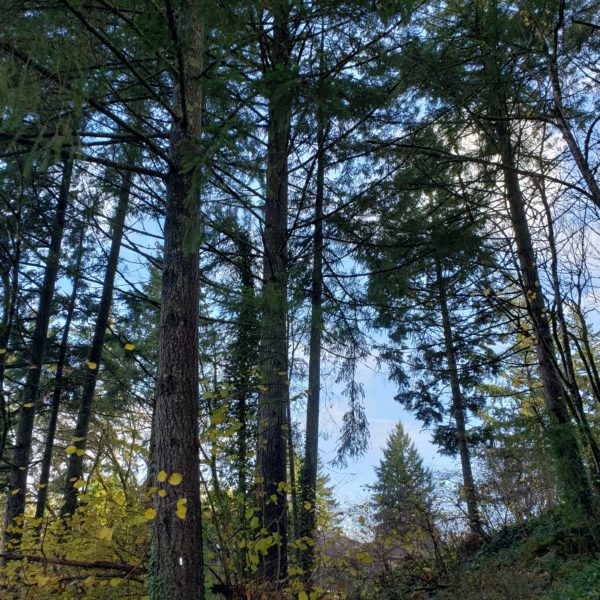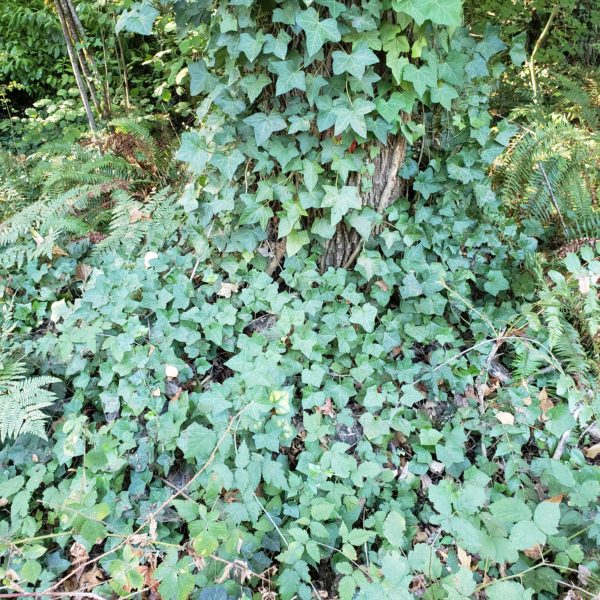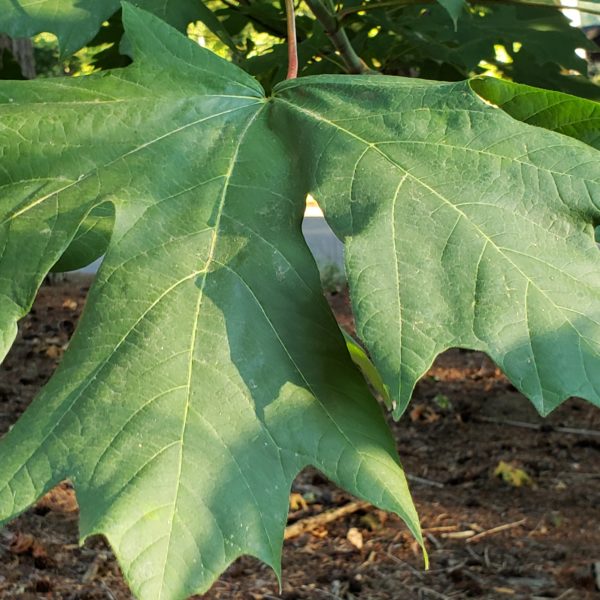January 24, 2022
By Sarah Fry
Spring
The dark and rainy Portland winters have us yearning for the riotous colors of spring blooms by late winter. You don’t need to wait until March or April. Forcing blooms on cut tree branches is an easy way to enjoy early spring color indoors. Simply select the right branches, keep them in fresh water, and watch your flowers bloom. Select... Read More
The western redcedar, or western red cedar, (Thuja plicata) is one of our favorite trees. Its swooping branches support flat sprays of scale-like needles, making it an easily identifiable conifer in the Willamette Valley. The western redcedar is native to the Pacific northwest and plays an important role in our local ecosystem and history. The western redcedar is not a... Read More
Spring in the Willamette Valley is heralded by the awakening of trees seen as bright green growth, showy flowers, and prodigious amounts of billowing tree pollen. Some days the pollen is so thick that every horizontal outdoor surface in the Portland area is coated with the powdery substance. Although it can be a nuisance to those with seasonal allergies, pollen... Read More
The recent winter storm brought thick ice and snow to the Portland area, taking a heavy toll on our urban forest. We have seen widespread tree damage across the Portland area ranging in severity from catastrophic failures requiring removal to minor branch breakages resolved with pruning. Our arborists are working hard to help with your tree emergencies and will continue... Read More
Even though Portland area skies are still cold, wet and grey, it won’t be long before we see signs of spring in the trees. Once trees break dormancy and cellular activity restarts, we can see flower buds swell and color, and tiny new leaves emerge from swollen leaf buds in deciduous trees. Bright green needles emerge from the tips of... Read More
January 25, 2021
By Sarah Fry
Winter
Outdoor winter temperatures in the Portland area regularly fall below the fresh water freezing temperature of 32 degrees Fahrenheit. Although we can generate our own heat by burning calories, without the protection of warm clothes or shelter, we would not survive freezing temperatures for long. Plant cells are made of mostly water. As cellular water freezes, it expands, bursting plant... Read More
Well maintained trees are a beautiful and valuable addition to properties. Arborists at For The Love Of Trees recommend regular tree care throughout the life of the tree to promote healthy structure. Poorly maintained trees can pose a hazard to people and property. The severity of a hazard posed by a tree depends both on the likelihood of failure and... Read More
When you walk along a forested trail in the Pacific Northwest, you may notice that most of the tall trees do not have branches growing close to the ground. Younger trees of the same species have branches growing close to the ground, so what happened to these lower branches as the trees grew taller? The trees self-pruned their own branches.... Read More
English ivy (Hedera spp.) is a non-native plant that was first introduced to the Pacific Northwest as a horticultural plant, but has since spread by seed to dominate huge swaths of our forests and urban gardens. The state of Oregon defines the woody, evergreen English ivy as a noxious weed. This invasive species forms dense mats on the forest floor... Read More
Visitors to Oregon are awed by the enormous leaves of our Oregon maple Acer macrophyllum. The tree is native to the Pacific Northwest and is commonly called the bigleaf maple due to the huge size of its deciduous leaves. The bigleaf maple boasts the largest leaves of any maple tree, with its 5 lobes stretching up to 12 inches across.... Read More



